New coalition of sportsmen and women seeks to keep a landscape from being ‘”loved to death”
Oregon’s Owyhee Country is a paradise for those fond of adventure and solitude with a rod or rifle in hand. But what was once enjoyed mostly by locals is now in danger of being “loved to death” as the Pacific Northwest population booms and Instagram influencers crave never ending ‘likes’ through adventure. Additional pressures such as a climate change, invasive annual grasses, and renewable energy pressures are mounting, which is why I’m representing the TRCP within a coalition of seven conservation groups proposing solutions that safeguard fish and wildlife habitat and the unique hunting and fishing opportunities the region is known for. Here’s what we stand to lose if hunters and anglers are not at the table when it comes to conserving the Owyhee.
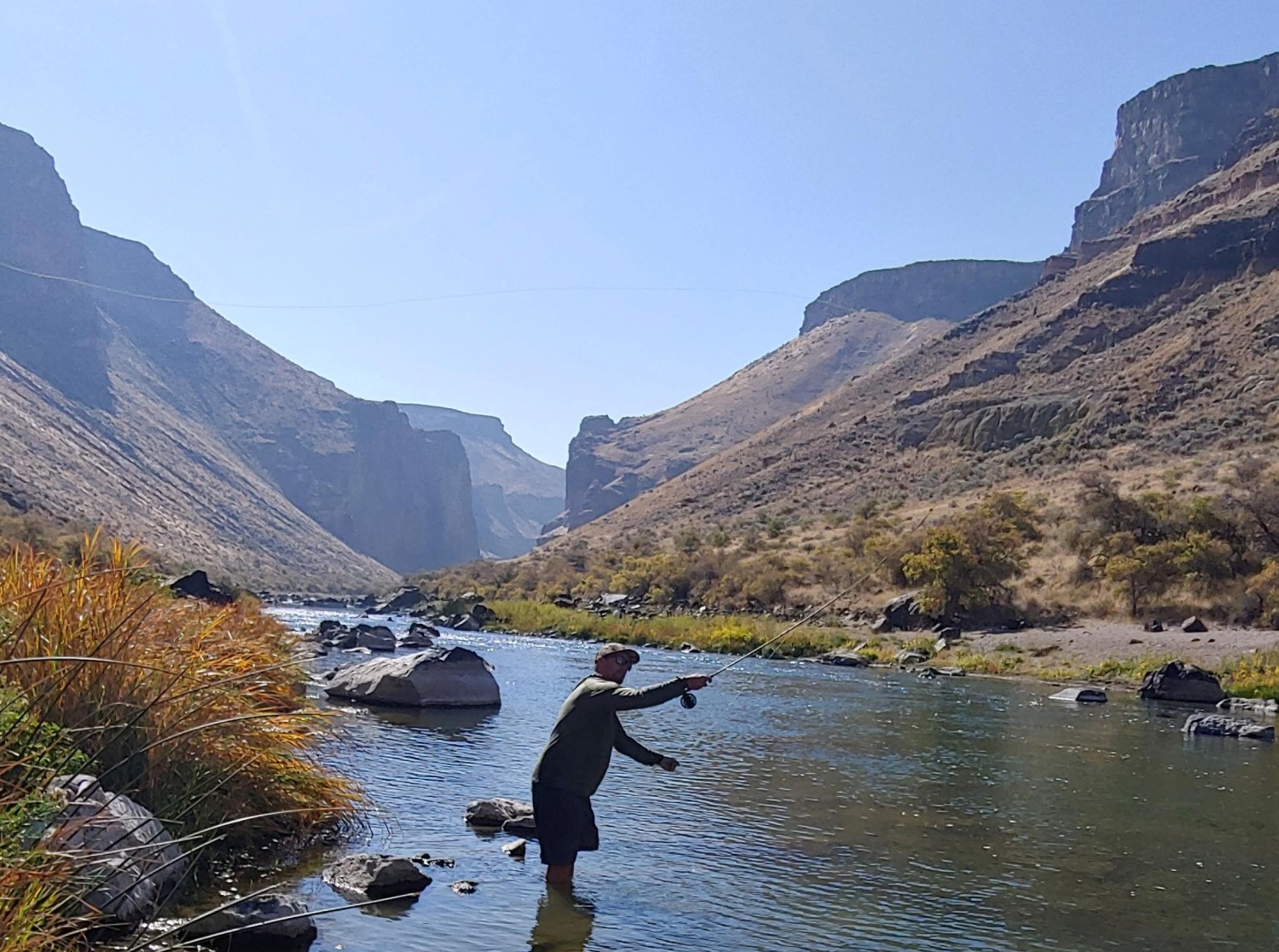
What’s at Stake?
Stretching across 4.6 million acres of public lands in the BLM’s Vale District, this landscape is among the most remote and unpopulated in the lower 48 states and can test the skills of even the most seasoned outdoorsperson. It encompasses more than 1.2 million acres of Wilderness Study Areas, made up of a rugged and remote sagebrush sea, broken only by narrow lava rock canyons that wind down to the banks of its namesake river.
Far removed from the famed Douglas fir forests of Oregon’s west side, the outstanding hunting and fishing opportunities found in the Owyhee Country can sometimes be overlooked. These canyons provide vital habitat for mule deer, elk, pronghorn, bighorn sheep, and more than 200 other species of wildlife. Anglers catch native red-band trout in the beaver ponds of the West Little Owyhee, cast for 20-inch browns in the reach below the Owyhee dam, and introduce their kids to fishing on the abundant and easy–to–fool smallmouth bass found throughout the river basin. Hunters in the area enjoy some of the best units within the state for mule deer, bighorns, antelope, and chukar.
While its remote location has allowed the Owyhee Country to maintain its backcountry character, pressures from renewable energy, mining, oil and gas, and off-highway vehicles grow with each passing decade. The recent surge of outdoor recreation within the area from rafters, hunters, anglers, hot springs enthusiasts, and other recreation-seekers also presents difficult management challenges. The impacts of these increasing uses, combined with invasive annual grasses, wildfire, and climate change-fueled drought, all threaten the unique fish and wildlife habitat within the region. Both the health of the landscape and the rural economies of the nearby communities need more resources to address these issues.
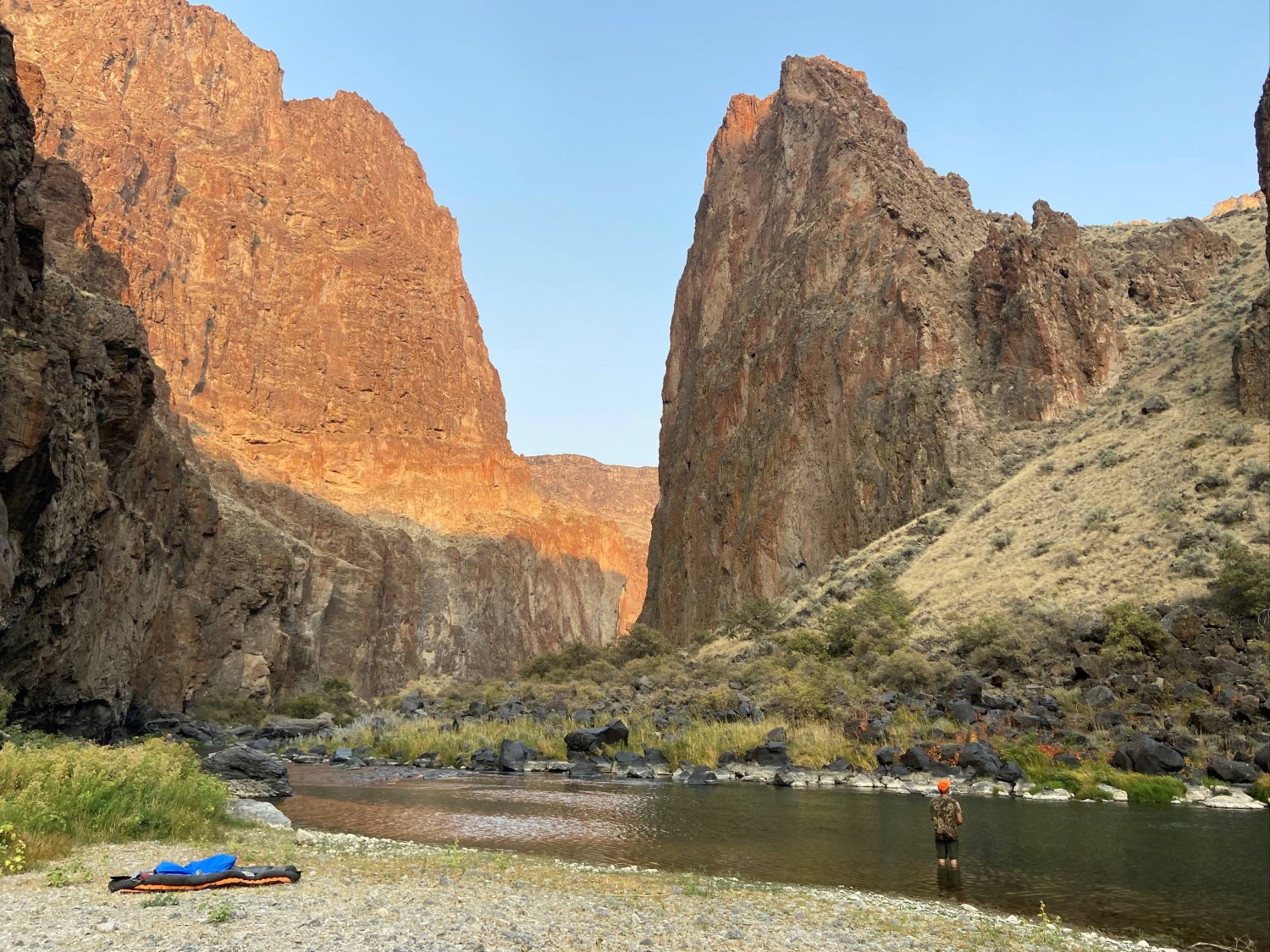
Working Towards a Collaborative Solution
Thankfully, Oregon’s congressional delegation is seeking pragmatic solutions after multiple requests from both the ranching and conservation communities. In 2019, Senator Ron Wyden spearheaded a series of stakeholder meetings to find common ground for a bill that would promote the long-term health of the landscape while providing for economic development and the continued traditional uses of public lands. The result was the introduction in November 2019 of S.2828, the Malheur Community Empowerment for the Owyhee Act (MCEOA). Notably, the bill would safeguard one million acres of undeveloped backcountry across Malheur County while releasing an equal amount of wilderness–quality lands back to multiple use. Additionally, it would provide for important funding to restore the health of degraded sagebrush habitats and infuse economic development money into many surrounding rural communities.
In order to ensure sportsmen and women have a strong voice in this decision-making process, the TRCP has partnered with the Oregon Hunters Association, Trout Unlimited, Backcountry Hunters & Anglers, Friends of the Owyhee, Northwest Sportfishing Industry Association, Soul River Inc., and the Oregon Chapter of The Foundation for North American Wild Sheep to form, organize and engage a new coalition of hunting– and fishing–based conservation organizations called the “Owyhee Sportsmen.” Since August 2019, the coalition has worked closely with the Oregon congressional delegation—especially Senator Wyden’s office—to provide input and recommendations to the bill that would improve the conservation of the region’s fish and wildlife habitat. Our sportsmen and women’s coalition has strongly urged Senator Wyden, Senator Jeff Merkley, and Representative Cliff Bentz to work together to make a few changes and pass this bill, which we expect will see consideration from lawmakers this year.
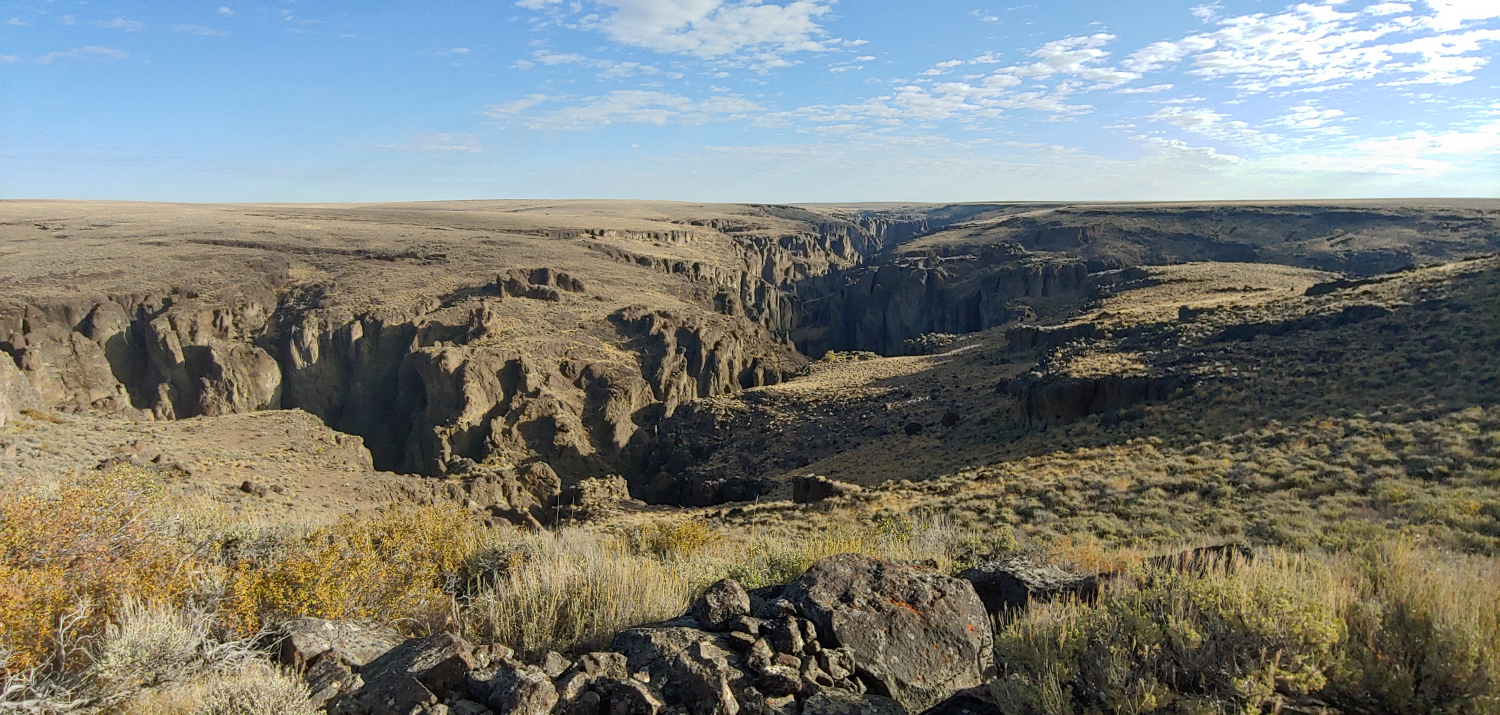
Speaking Out for the Owyhee
The Sportsmen for the Owyhee campaign is currently working to educate the public, business owners, and decisionmakers on the need to protect Oregon’s Owyhee Canyons from development while highlighting the abundant opportunities the region provides for hunters, anglers, and outdoor recreators of all types.
Recently, I joined several other members of the coalition to work on a hunting and fishing film with Alpenglow Press Productions to showcase just a few of the great adventures one can find in the Owyhee Country. I have spent hundreds of nights under the darkest skies in the nation exploring this vast area over the years, but it is hard to beat some of the experiences we enjoyed during the filming of this project. The Coalition is excited to share the film with the public and to work with members across our organizations to show support for this unique and stunning landscape that needs our attention.
There are few large areas of land and water left in the U.S. where one can get truly lost, where skies at night are completely free of artificial light, and where sportsmen and women can chase such iconic game animals, upland birds, and trout. Oregon’s Owyhee Country is such a place, and we are committed to keeping it that way.

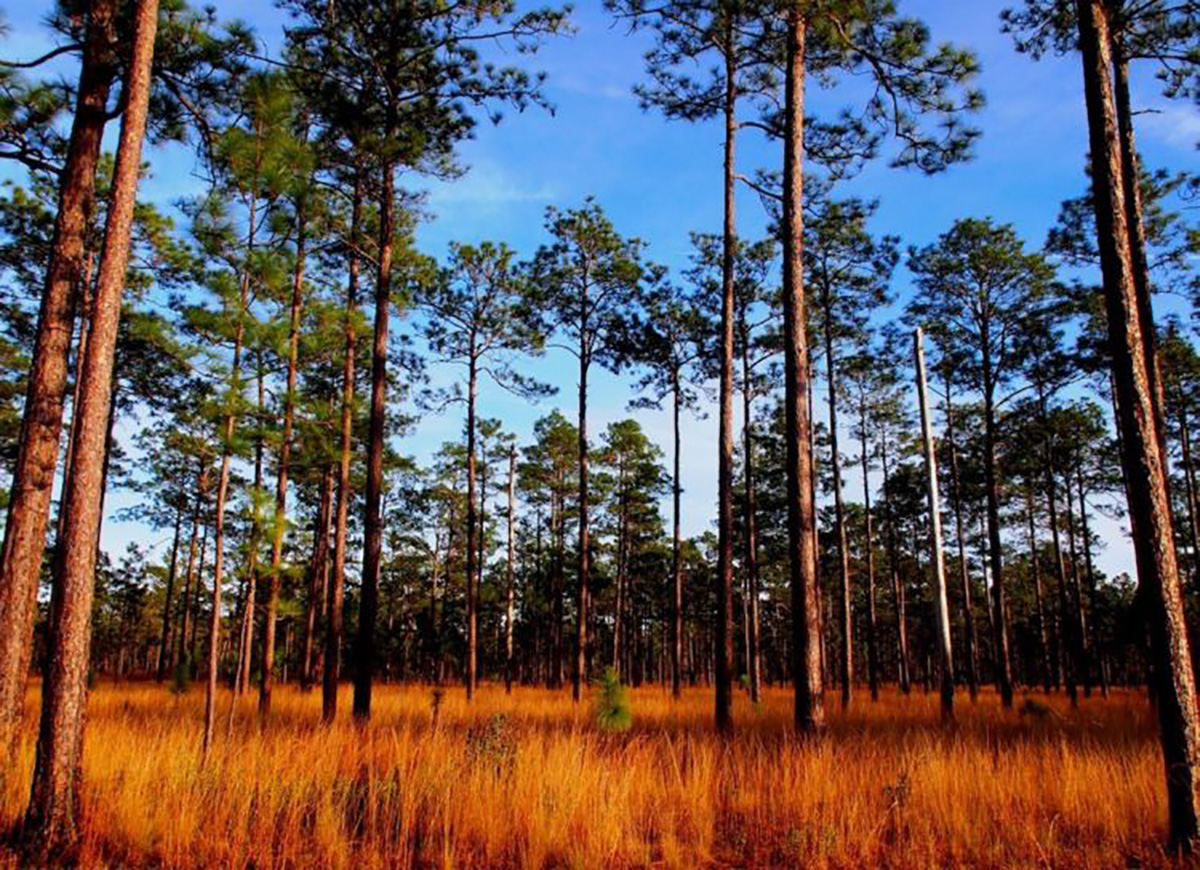
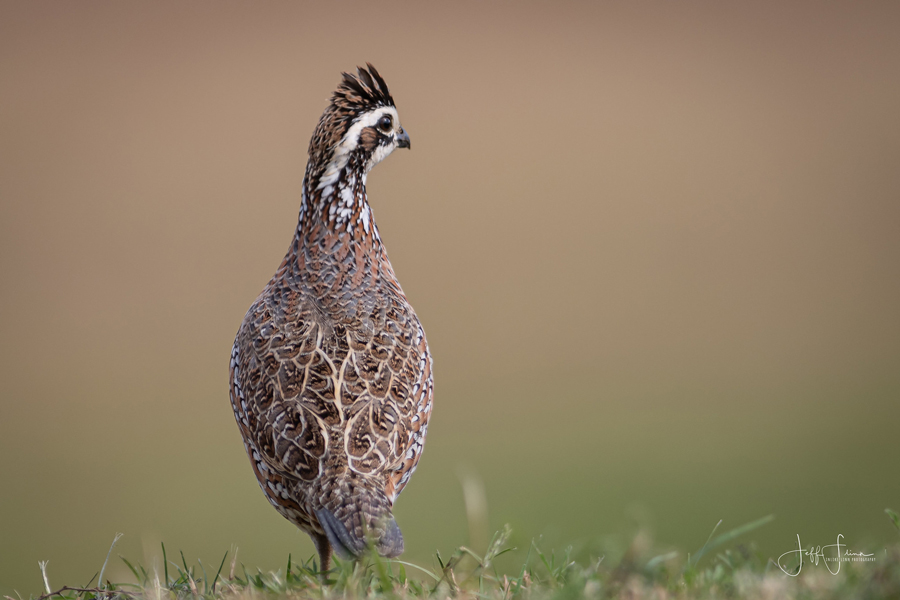
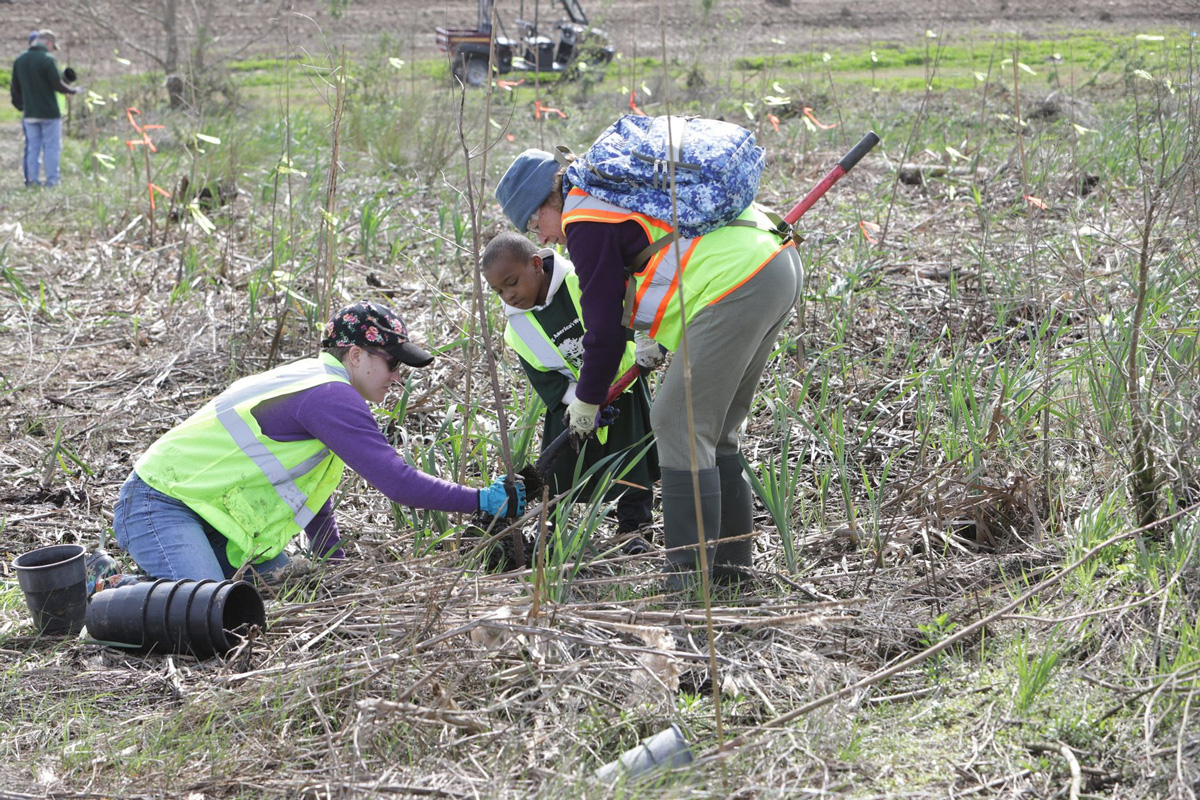
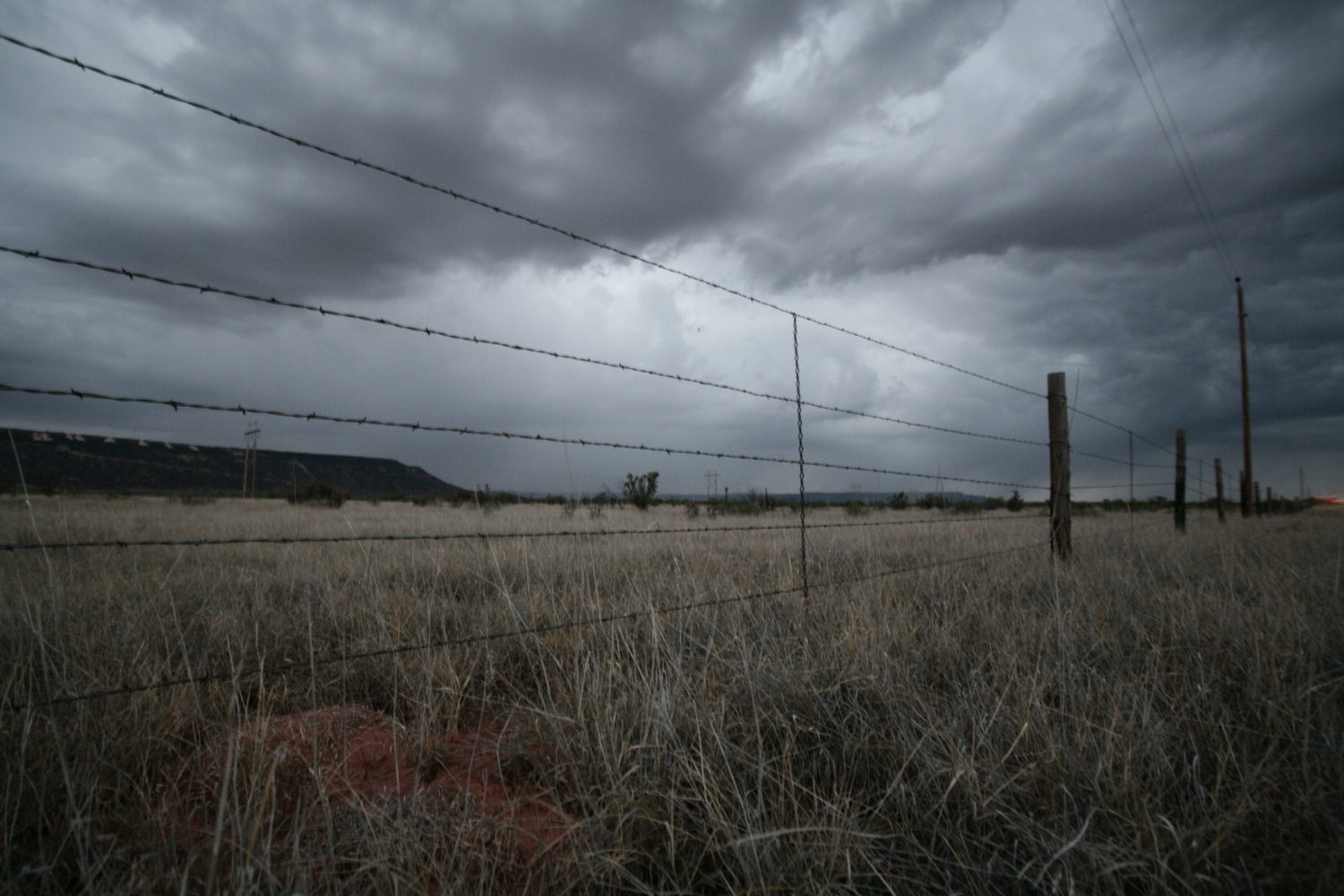
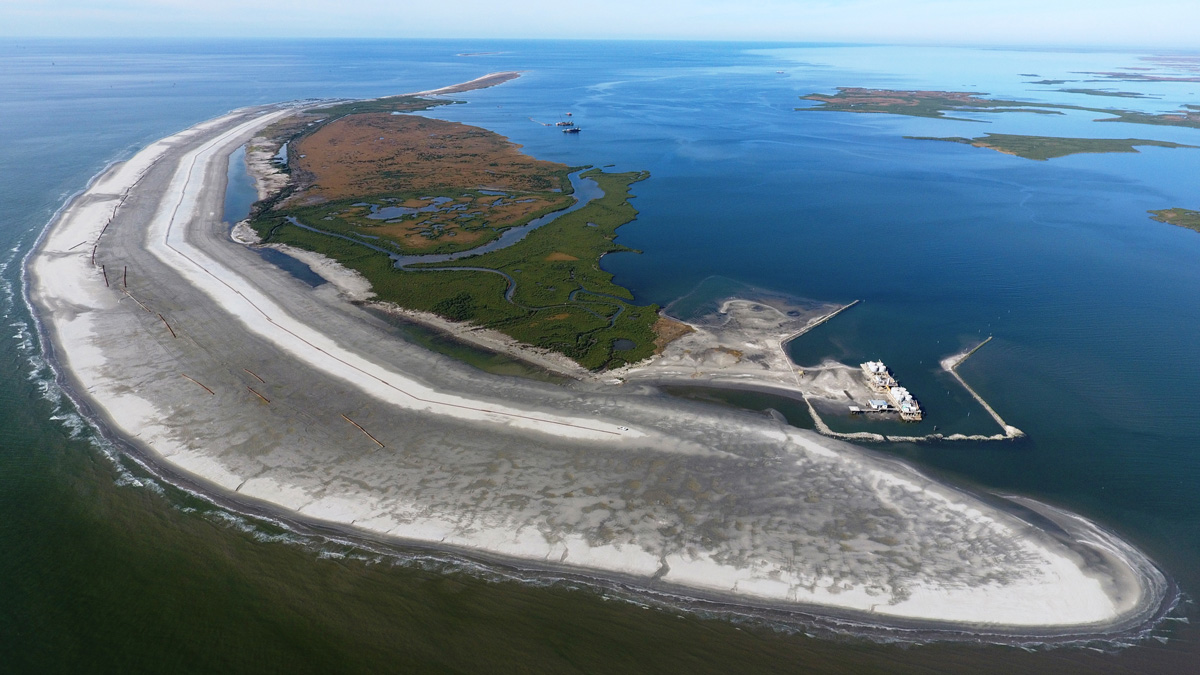
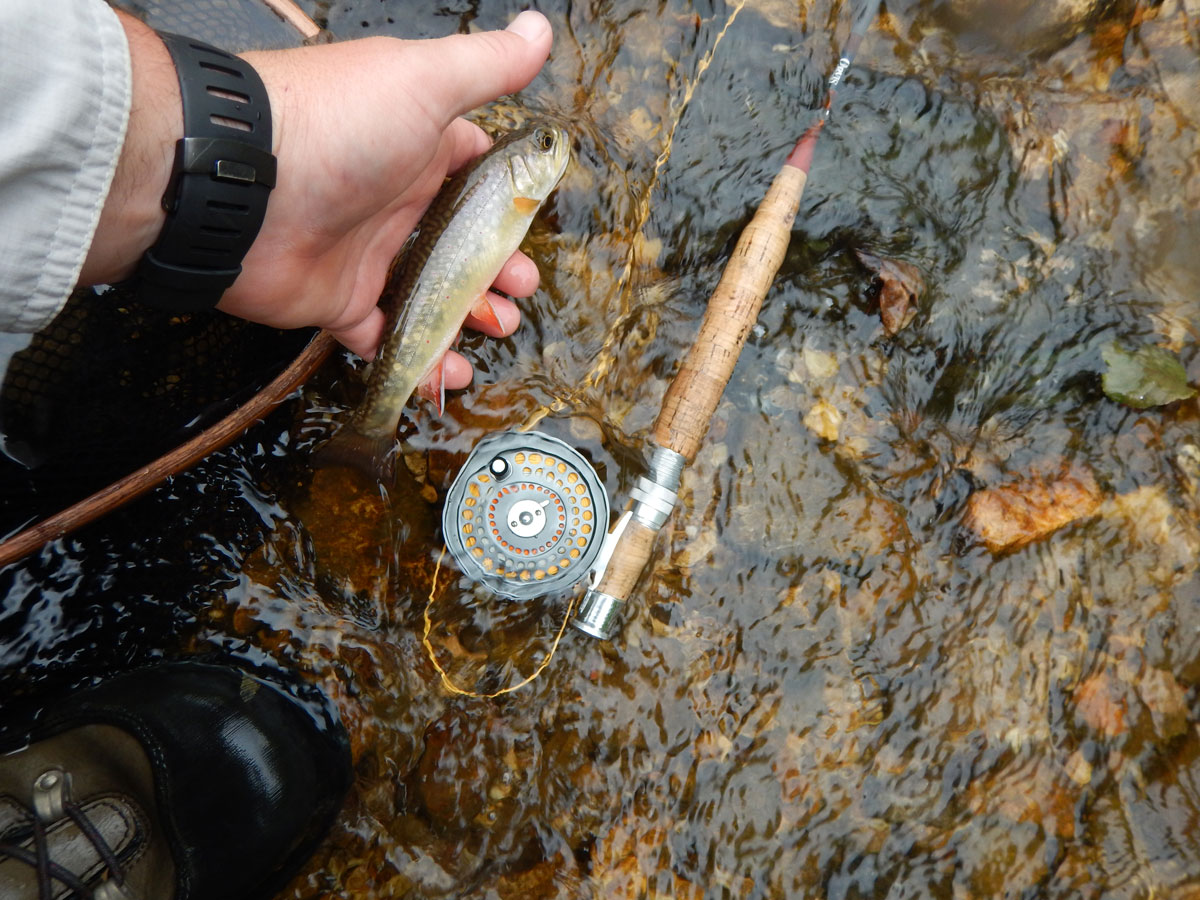
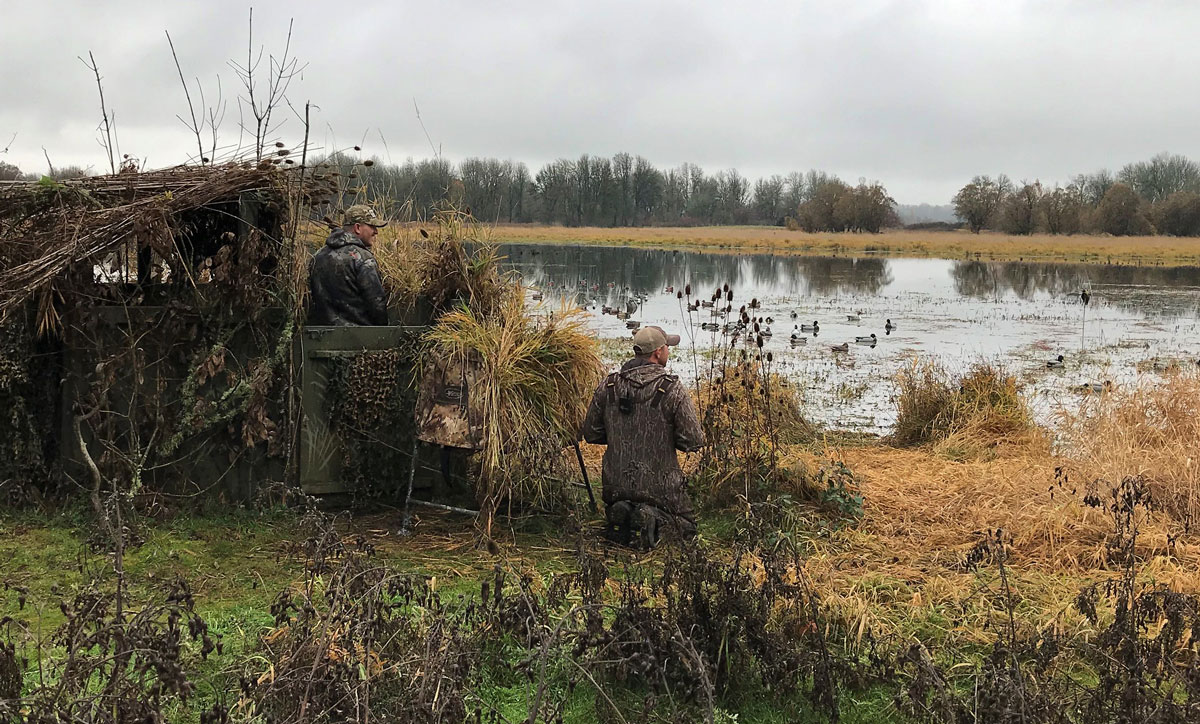




My family had a ranch in this area years ago. It is an amazing part of the world.